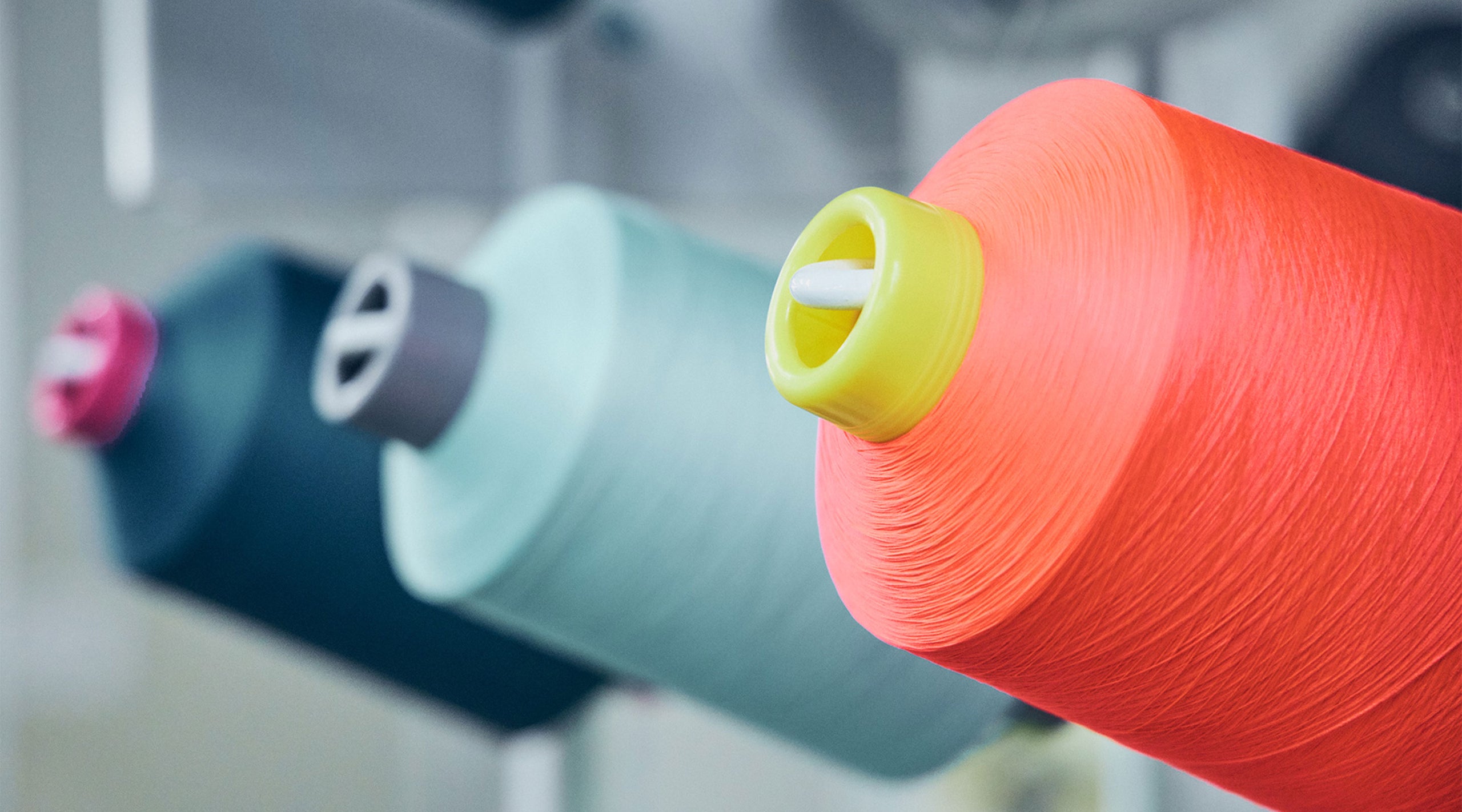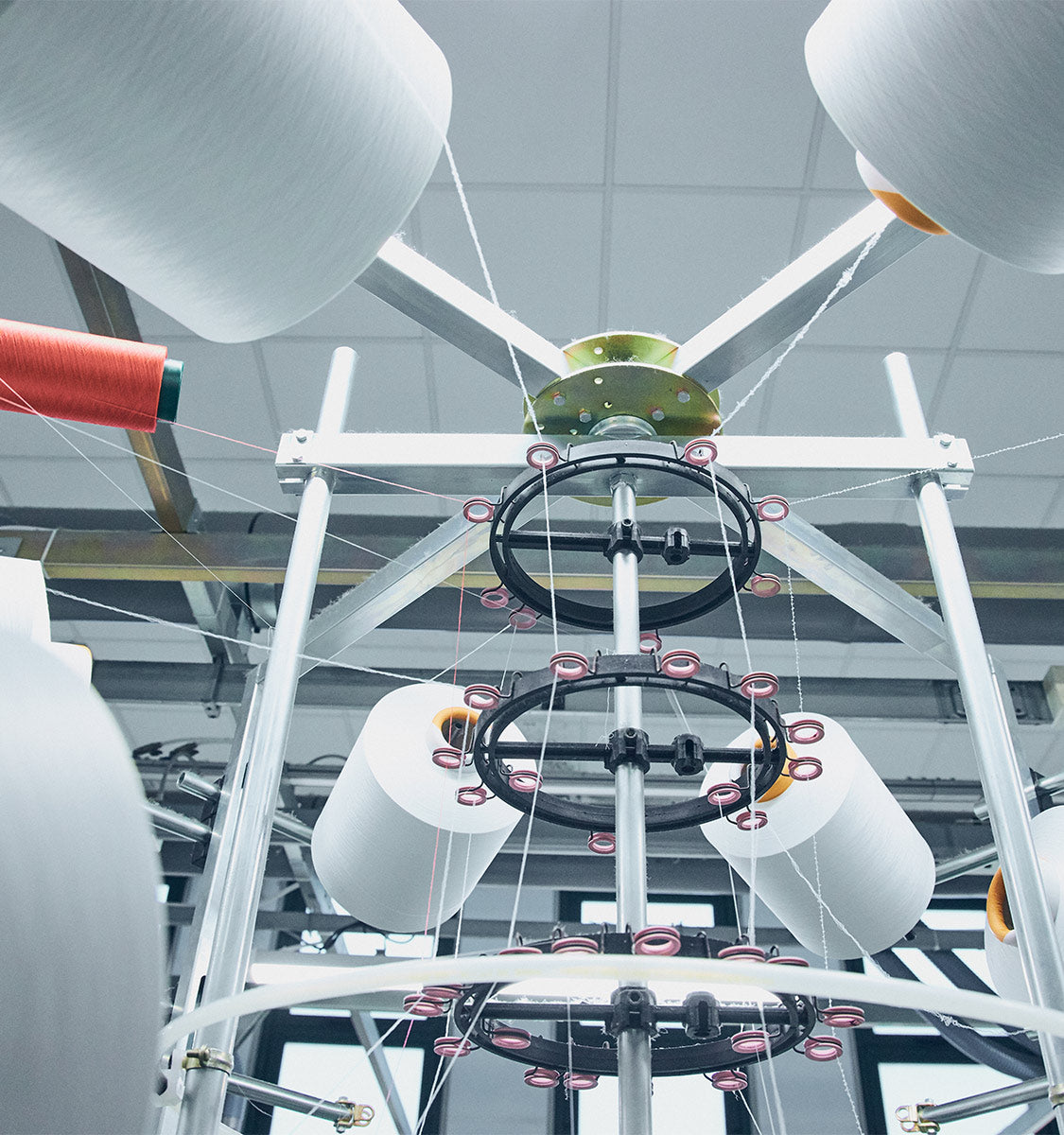
Performance by Technology
STOX Energy Socks give you the support and confidence to perform the way you want. Our graduated compression technology helps you level up – whether that’s a faster time, a longer run, or a more comfortable and productive day.
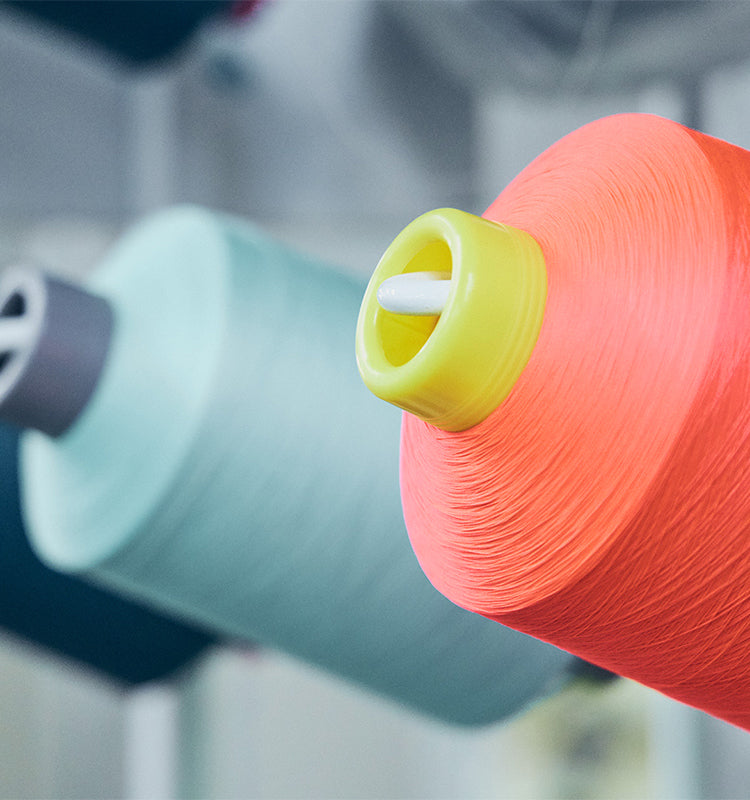
Made for endurance and comfort
Our socks are made in Italy on advanced circular knitting machines that deliver the most precisely graduated compression available. The result is a targeted fit around your muscles, which increases blood circulation and reduces fatigue and injuries.
MADE IN ITALY
TESTED WITH SWISSLASTIC AG DEVICES
COMPRESSION CLASS 2
Alongside of compression technology, we’ve taken into account all the other factors that contribute to your performance and comfort, like breathability, dryness and flexibility. We incorporate industry-leading materials such as Dryarn®, Merino wool, Deocell® and Lycra®. Every advantage counts.

Designed for greater flow and faster recovery
Our graduated compression technology works with specific decreased pressure up the legs at precise mmHg ratings. The pressure is tighter at the ankles and looser going up the legs to help blood flow freely instead of pooling. The arteries taking oxygenated blood to your muscles are able to relax, allowing proper circulation. At the same time, your veins get a boost, pushing deoxygenated blood back to your heart and lymph nodes, and helping muscles recover faster.
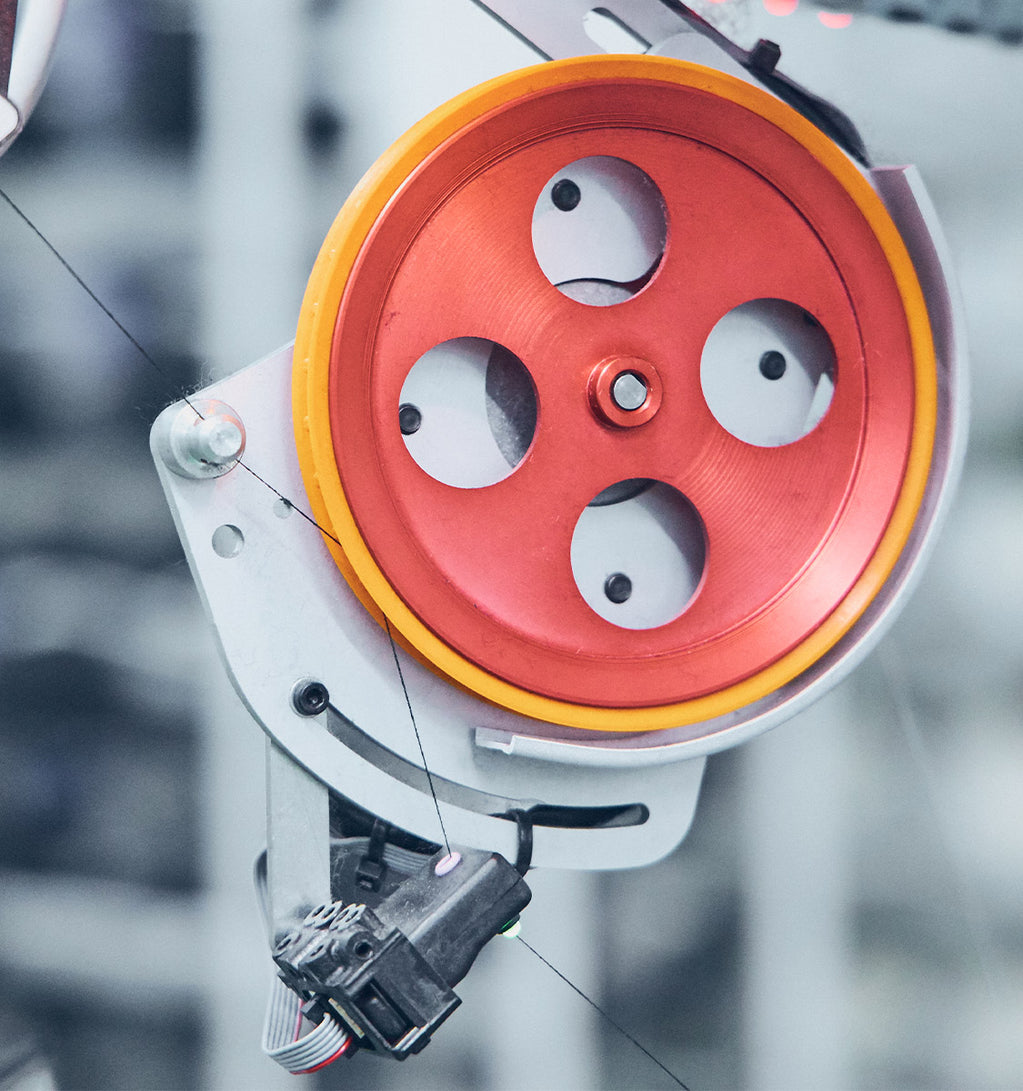

Merino wool naturally thermo-regulates your temperature to keep you warm in winter, cool in summer.
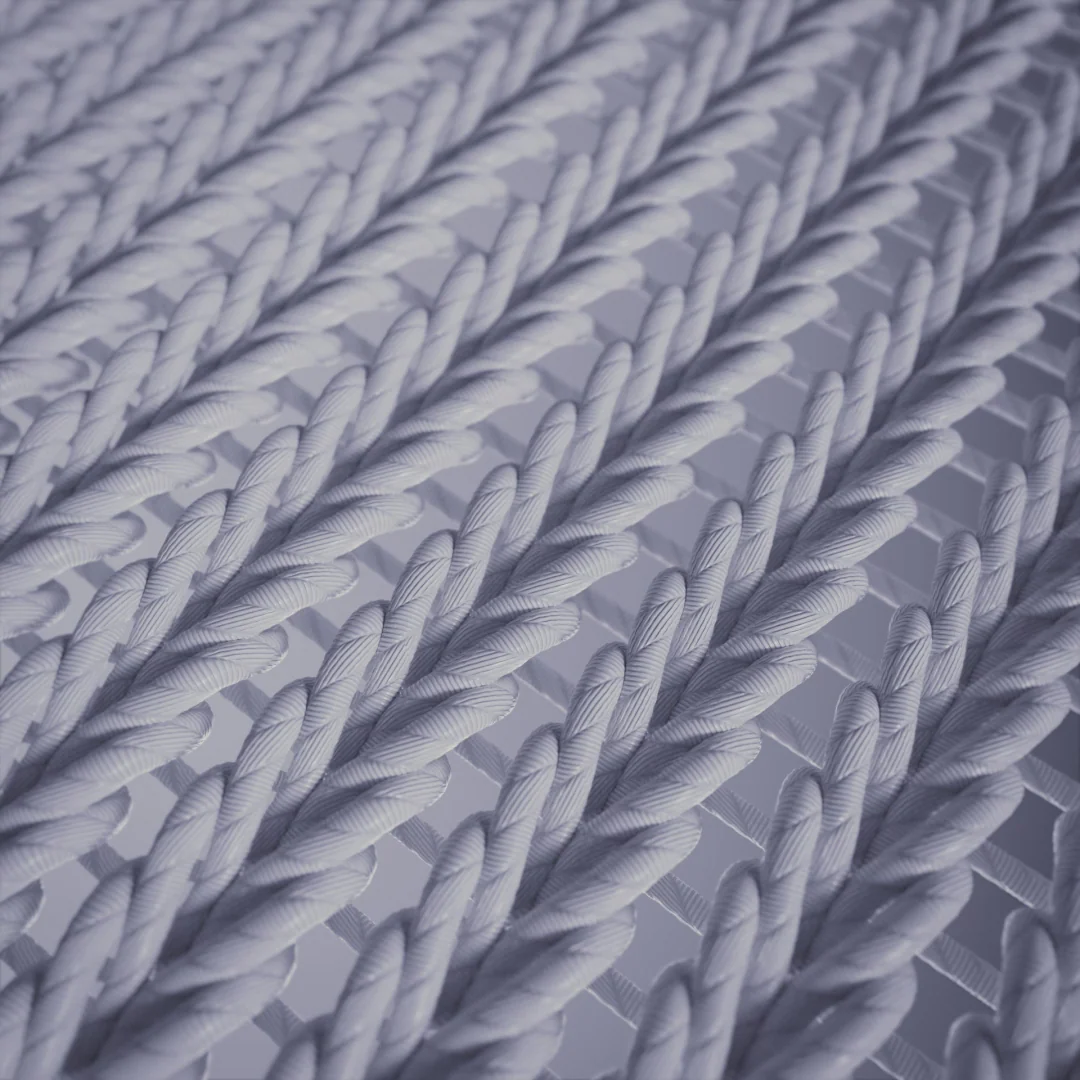
Dryarn® keeps you dry by wicking 6 times more moisture than classic polyester.
